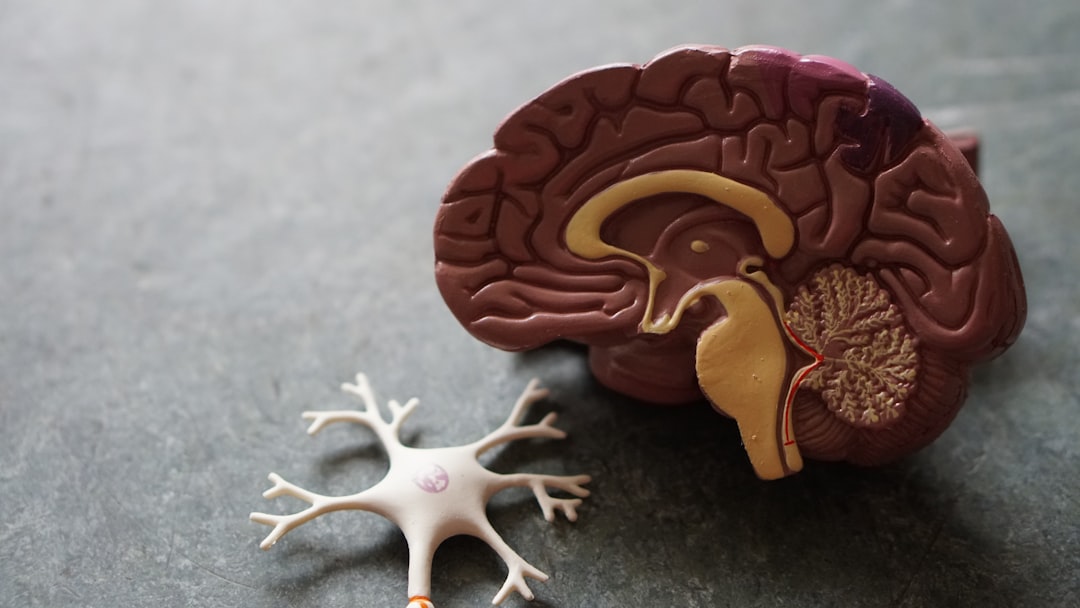What is it about?
Professor of Biochemistry at State University of Maringa (Parana, Brazil). Interested in 1) plant cell wall (architecture, biosynthesis and composition); biomass to biofuels (enzymatic digestion, chemical conversion, pyrolysis and gasification) ; 2) chemical communication (allelochemicals, semiochemicals, biosignaling, code biology); and chemical evolution (autopoiesis, semiopoiesis, resynthesis of asymmetric organocatalysts, wet artificial life).
Featured Image
Why is it important?
1) Plant biomass (remarkably cell wall components) is the only sustainable raw material able to completely replace fossil fuels in a observable horizon of technological development. In face of the global warming it is essential to accelerate the transition from fossil to renewable mode of production. 2) Organocatalysts can convey information and are produced in prebiotic reactions. It makes them strong candidates to convey information in pre-polymeric chemical evolution and to convey catalytic information in artificial biosystems. Artificial forms of life can revolutionize the manufacturing processes allowing the production of self-constructing and self-healing materials that can have great impact on artificial photosynthesis, corrosion engineering and sustainable development.
Perspectives
Lignin and hydroxycinnamic acids are the main obstacles for enzymatic conversion of cell wall polysaccharies in reducing sugars for direct fermentation into ethanol or other chemical conversion of industrial interest. Reducing lignin content in plants increase biomass digestibility but also reduce plant productivity. Reducing ferulic acid content in cell wall, in turn, increase digestibility without affecting plant productivity. This paper summarizes the knowledge about ferulic acid metabolism and its roles in plant cell wall helping researches interested in make advance the technologies to control ferulic acid content in plants and improve plant biomass digestibility.
Dr Wanderley D dos Santos
Universidade Estadual de Maringa
Read the Original
This page is a summary of: Ferulic acid: a key component in grass lignocellulose recalcitrance to hydrolysis, Plant Biotechnology Journal, November 2014, Wiley,
DOI: 10.1111/pbi.12292.
You can read the full text:
Contributors
The following have contributed to this page










